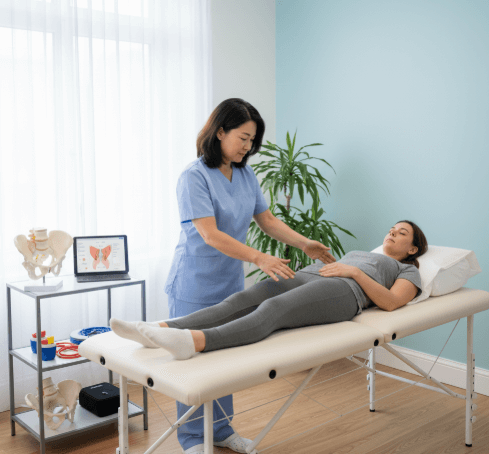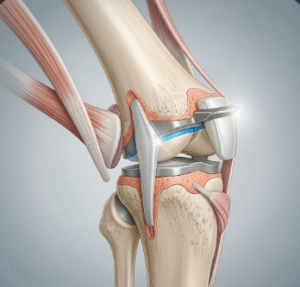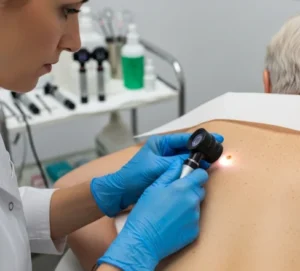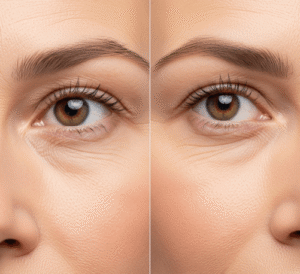What it is
Pelvic floor therapy is a non-surgical treatment designed to strengthen, relax, or rehabilitate the muscles of the pelvic floor—the group of muscles that support the bladder, uterus, vagina, and rectum. Weakness, tightness, or dysfunction of these muscles can lead to conditions like urinary incontinence, pelvic organ prolapse, painful intercourse, or chronic pelvic pain.
In Korea, pelvic floor therapy is offered in specialized women’s health clinics, rehabilitation centers, and hospitals, often combining advanced physical therapy techniques with modern medical technology.
➡️ Key points about pelvic floor therapy:
- Focuses on improving strength, coordination, and control of pelvic floor muscles
- Uses a combination of exercises, biofeedback, electrical stimulation, and manual therapy
- Helps both women and men, but is especially important for women after pregnancy, childbirth, or gynecological surgery
Why it’s done
Pelvic floor therapy is recommended for women with pelvic floor disorders or those at risk of developing them.
✔️ Medical reasons include:
- Urinary incontinence (leakage during coughing, laughing, or exercise)
- Fecal incontinence or difficulty controlling bowel movements
- Pelvic organ prolapse (uterus, bladder, or rectum descending into the vaginal canal)
- Painful intercourse (dyspareunia) or chronic pelvic pain
- Postpartum recovery after vaginal delivery or C-section
- Pre- and post-surgical support for gynecologic procedures
✔️ Benefits of pelvic floor therapy:
- Non-invasive, drug-free approach
- Improves bladder and bowel control
- Reduces pain and discomfort in daily activities
- Enhances sexual health and confidence
- Supports faster postpartum and post-surgery recovery
Alternatives
Pelvic floor therapy is often the first-line treatment, but alternatives or complementary methods may be considered.
🔹 Lifestyle modifications:
- Weight management, dietary changes, and bladder training techniques
- Reduces strain on pelvic muscles
🔹 Medications:
- Drugs to control bladder overactivity or manage constipation
- Do not address underlying muscle weakness directly
🔹 Surgical options:
- Sling procedures or mesh repair for severe incontinence or prolapse
- Usually considered when conservative therapy is not effective
🔹 Devices:
- Vaginal pessaries for pelvic organ prolapse
- Pelvic floor trainers or home biofeedback devices
Preparation
Preparation ensures that therapy is tailored to individual needs.
➡️ Medical preparation:
- Full evaluation by a gynecologist, urologist, or physical therapist
- Pelvic exam or ultrasound to assess muscle strength and function
- Medical history review, especially childbirth, surgeries, or urinary issues
➡️ Personal preparation:
- Wearing comfortable clothing for therapy sessions
- Preparing to discuss sensitive topics like urinary leakage or sexual discomfort
- Setting realistic goals (improvement may take weeks to months)
➡️ Mental preparation:
- Understanding that progress is gradual and requires consistency
- Overcoming embarrassment by recognizing pelvic floor issues are common and treatable
How it’s done
Pelvic floor therapy in Korea combines traditional rehabilitation exercises with advanced medical technologies.
✔️ Step 1 – Evaluation
- Initial session includes assessment of pelvic floor strength, posture, and breathing patterns
- May involve internal examination or ultrasound for accurate diagnosis
✔️ Step 2 – Treatment techniques
- Kegel exercises: Contracting and relaxing pelvic muscles to improve strength
- Biofeedback therapy: Sensors provide real-time feedback on muscle contractions to guide training
- Electrical stimulation: Gentle currents used to activate weak muscles
- Manual therapy: Hands-on techniques to release tension in overactive muscles
- Breathing and posture correction: Supporting pelvic alignment and muscle balance
✔️ Step 3 – Home program
- Customized exercise routines for daily practice
- Lifestyle guidance (fluid intake, toileting habits, physical activity adjustments)
✔️ Duration:
- Sessions typically last 30–60 minutes
- Frequency: once or twice per week for several weeks or months, depending on condition
Recovery
Pelvic floor therapy is a gradual process with cumulative results over time.
➡️ Immediate outcomes:
- Some women feel improved muscle awareness after the first few sessions
- Mild muscle soreness may occur but subsides quickly
➡️ Physical recovery:
- Noticeable improvements in bladder control, pelvic pain, or prolapse symptoms often within 6–12 weeks
- Long-term success requires consistent practice of prescribed exercises
➡️ Emotional recovery:
- Many women experience increased confidence and reduced anxiety about incontinence or intimacy
- Psychological support may be offered in cases of trauma-related pelvic pain
➡️ Key recommendations:
- Adherence to home exercises for best results
- Maintaining healthy body weight to reduce strain on pelvic floor
- Avoiding heavy lifting without proper technique
- Continuing follow-up sessions to prevent recurrence
Treatment option in Korea
Korea offers highly advanced and patient-centered pelvic floor therapy programs.
✔️ Hospital and clinic facilities:
- Specialized women’s health rehabilitation units
- Equipped with biofeedback machines, electrical stimulation devices, and advanced diagnostic tools
- Comfortable, private therapy environments to ensure patient dignity
✔️ Medical expertise:
- Skilled physiotherapists and gynecologists trained in pelvic health
- Use of evidence-based programs combining Western medicine and traditional Korean rehabilitation practices
- High success rates in treating postpartum incontinence and pelvic pain
✔️ Holistic recovery support:
- Integration of nutrition, lifestyle coaching, and stress management into therapy
- Access to postpartum care centers (Sanhujoriwon) offering pelvic floor rehabilitation as part of recovery packages
- Emotional support services for women dealing with chronic pelvic disorders
✔️ Cultural aspect:
- In Korea, there is strong emphasis on women’s long-term health and recovery after childbirth or surgery
- Pelvic floor therapy is often considered a routine part of postpartum care, not just treatment for problems
➡️ Highlight: Pelvic floor therapy in Korea provides non-invasive, highly effective solutions for pelvic health, offering women relief from incontinence, pain, and prolapse, while supporting fertility, postpartum recovery, and overall well-being.













